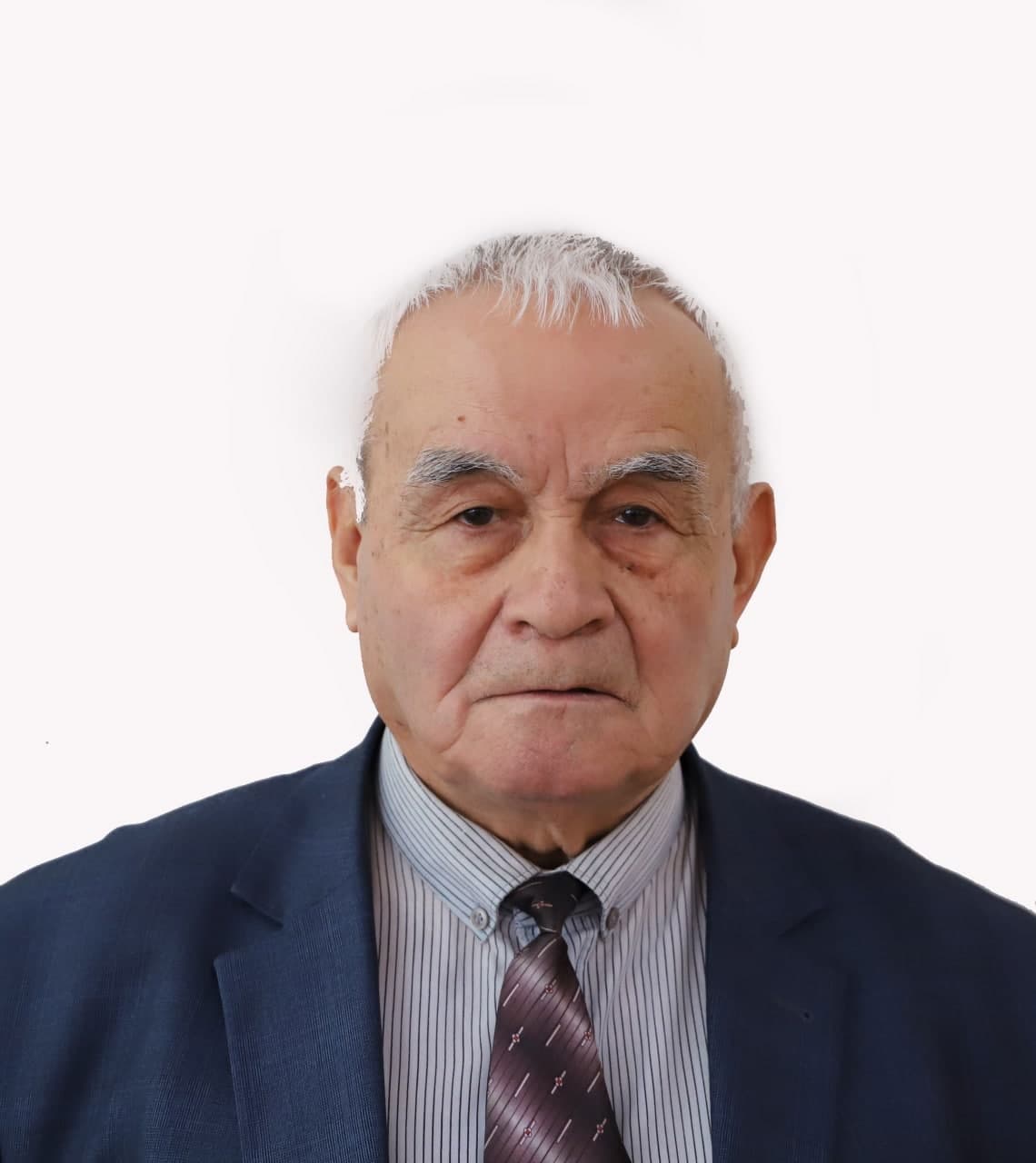Author: Yunusaliyev, M.T.
Annotation: Observing the process of students performing practical classes and independent study tasks in watercolor, reacting to the technological mistakes they made, I inform you that most students are watercolorists due to the fact that they did not feel a subtle difference in the technological aspects of the properties of gouache, the transparency property of watercolor in their work was disrupted. Colors are washed out, causing much of the work to be washed out. It turned out that they do not have full practical experience and knowledge about the types of watercolors and their characteristics. It is clear that they do not have enough experience and skills in this matter. With this in mind, below, a number of actions that students must strictly follow during practical training, as well as some theoretical aspects of the characteristics of watercolor and gouache paints in watercolor related to this topic, as well as some theoretical aspects of their working techniques, were given to students. To overcome the above problem, it is very important to constantly create alternating sketches in watercolor and gouache, in which watercolor is applied in a thin layer, and gouache. To work with a thick layer, the student is required to set a certain time. Only then will students gain some experience and be free from the above errors and shortcomings. As a result, they will gain practical knowledge and skills on this topic. This article presents an analysis of options for solving a problem situation regarding the differences between watercolors and gouache and the features of the technique of working with them.
Keywords: Watercolor, gouache, watercolor, torchon, technology, durable, technical method, painting, study, graphics, transparent, lessing, layered method, specific order, standard, feature, knowledge, experience, skill, methodology, analysis, type, easel painting, repair, exhibition, exposition, blur, color, creativity.
Pages in journal: 353 - 361







